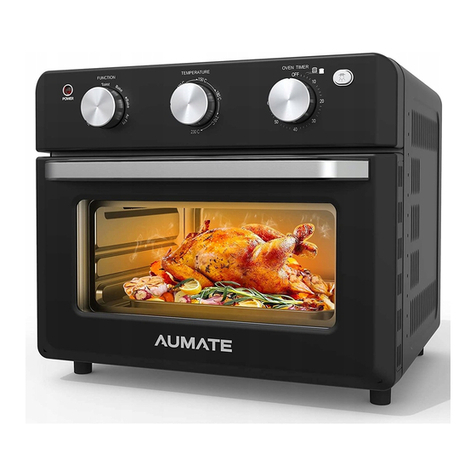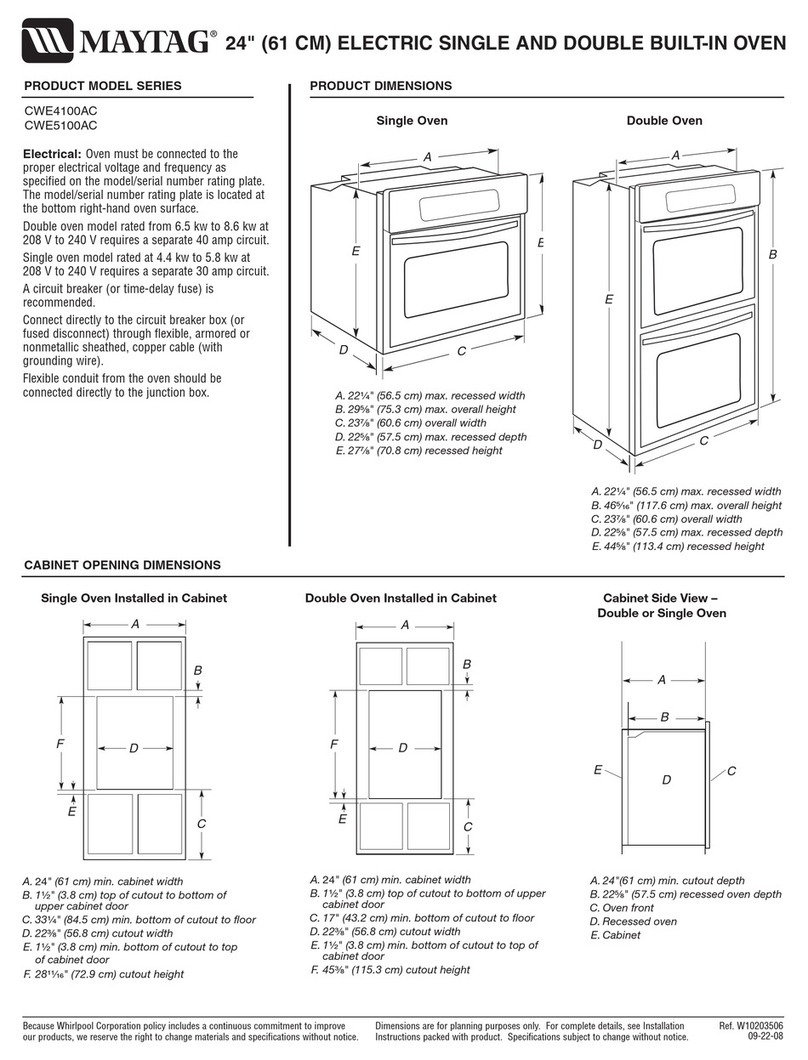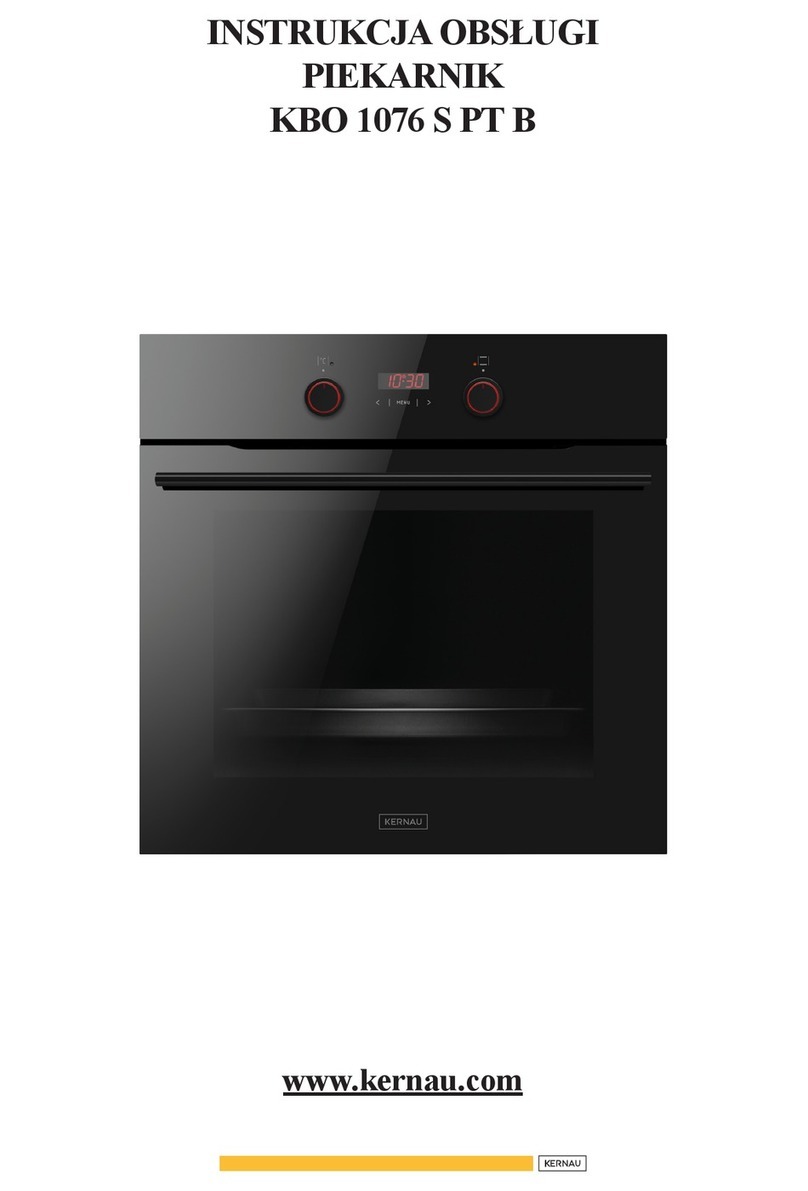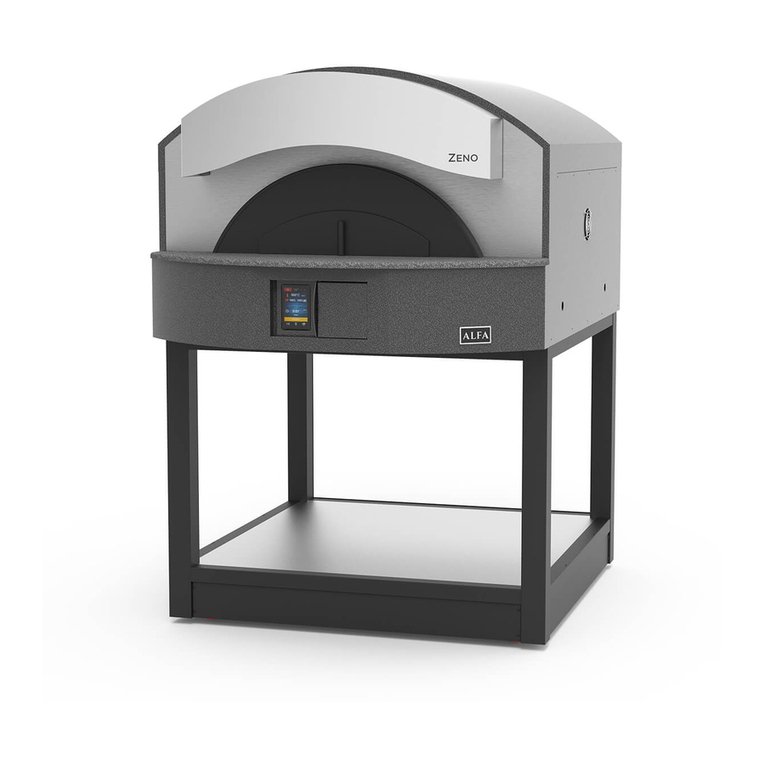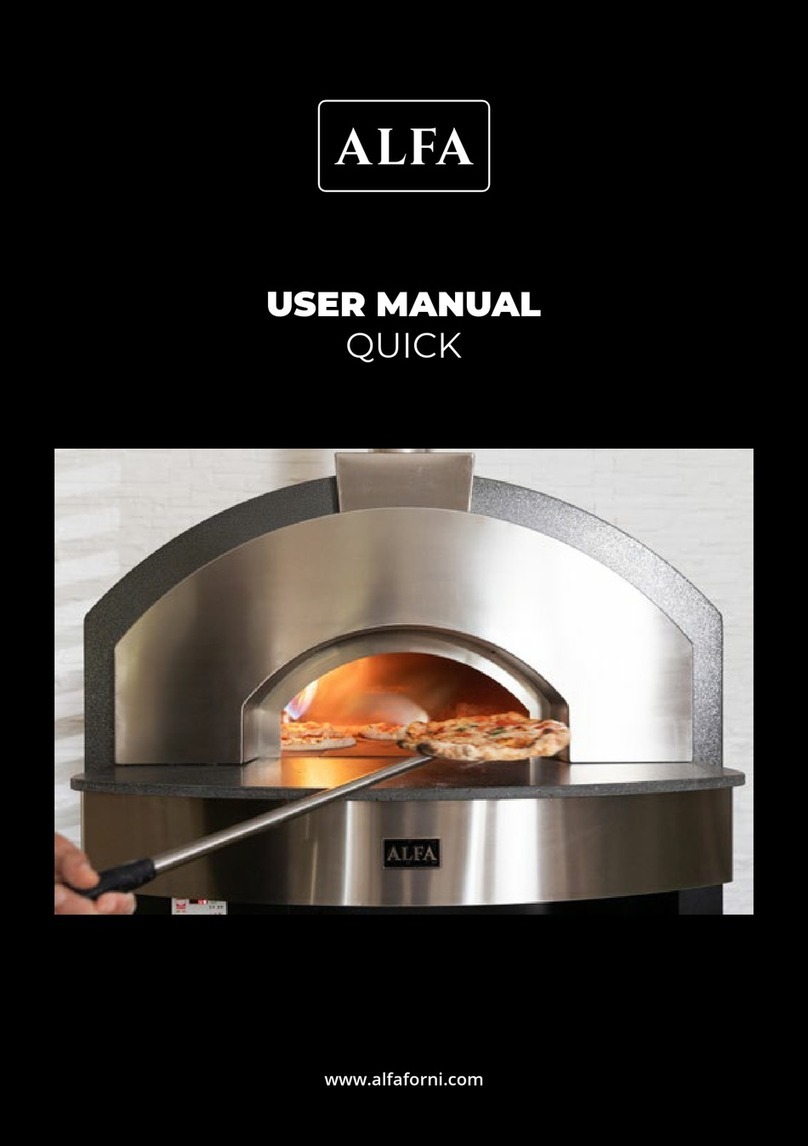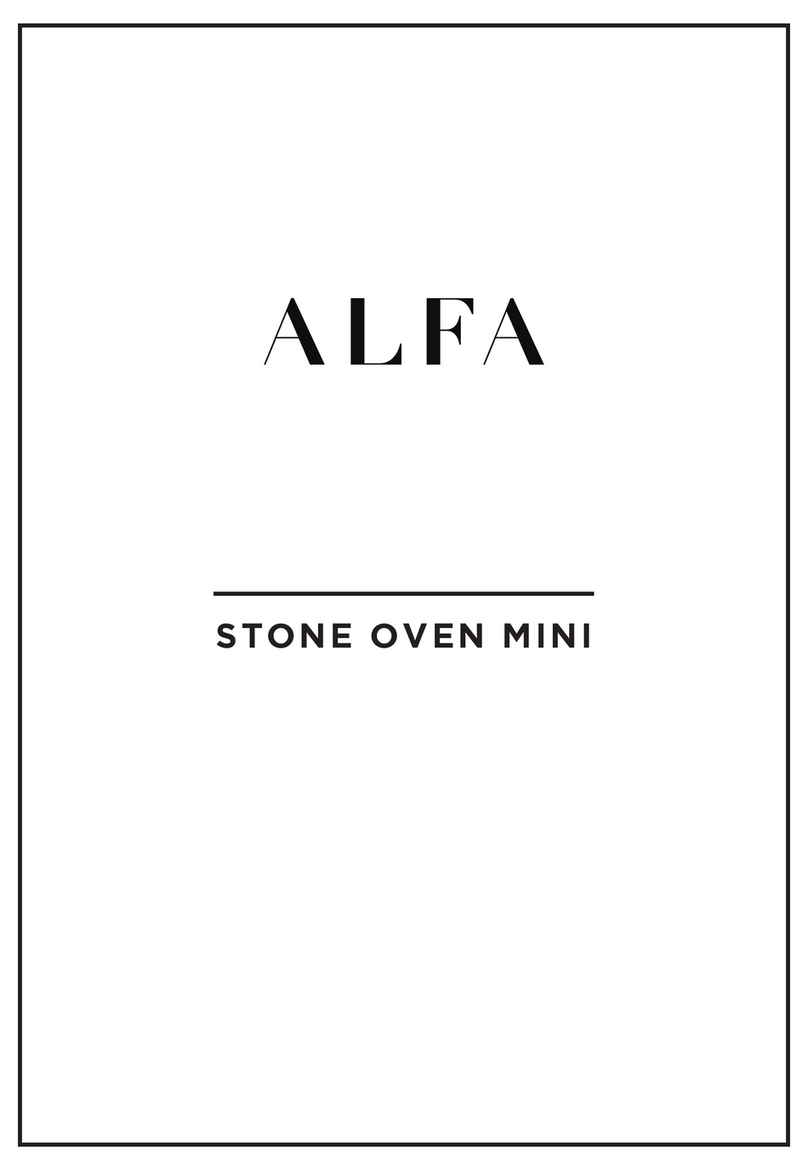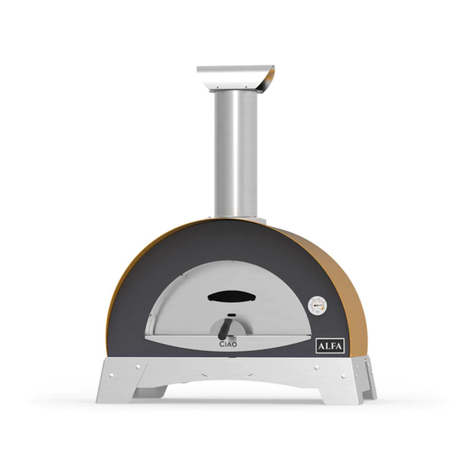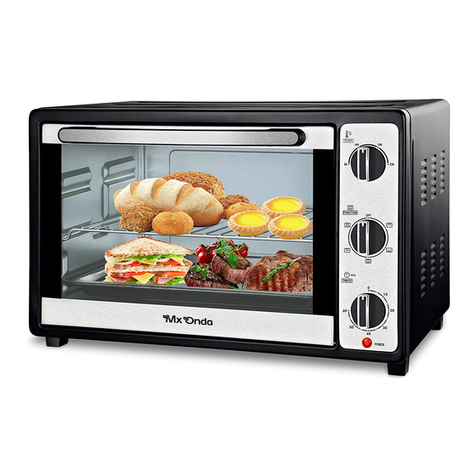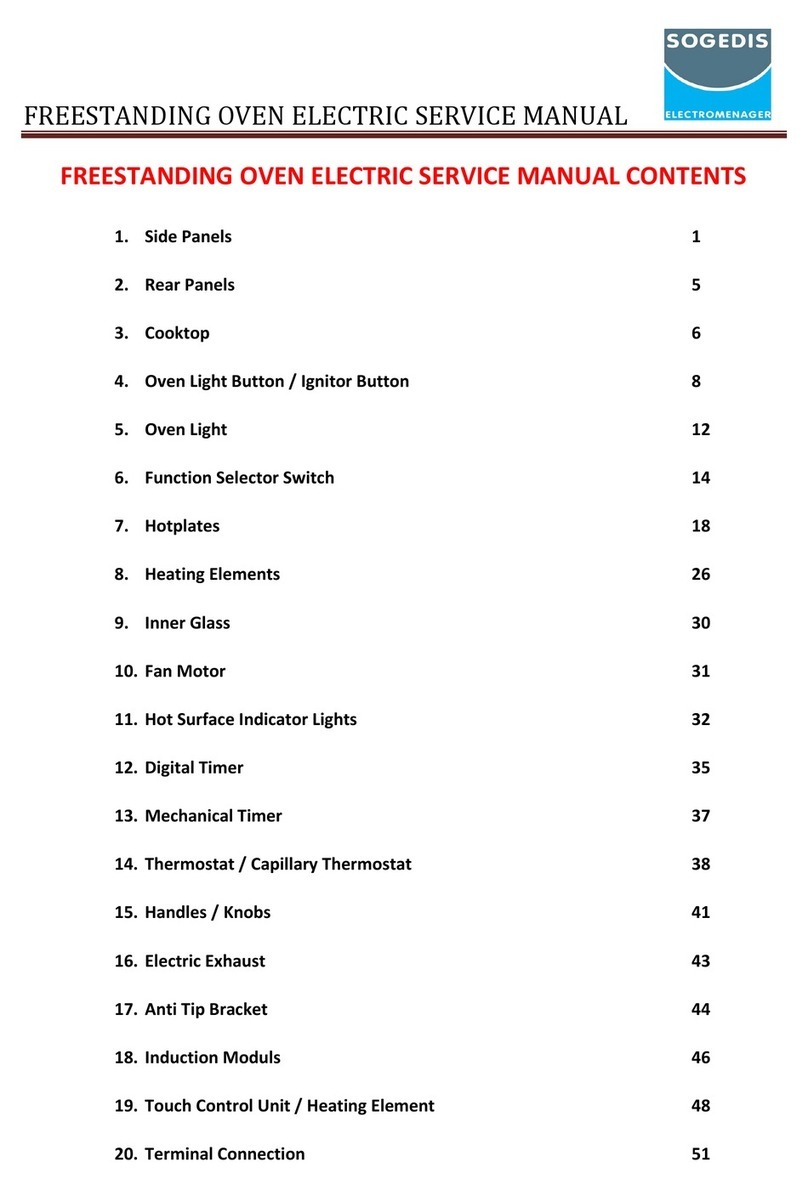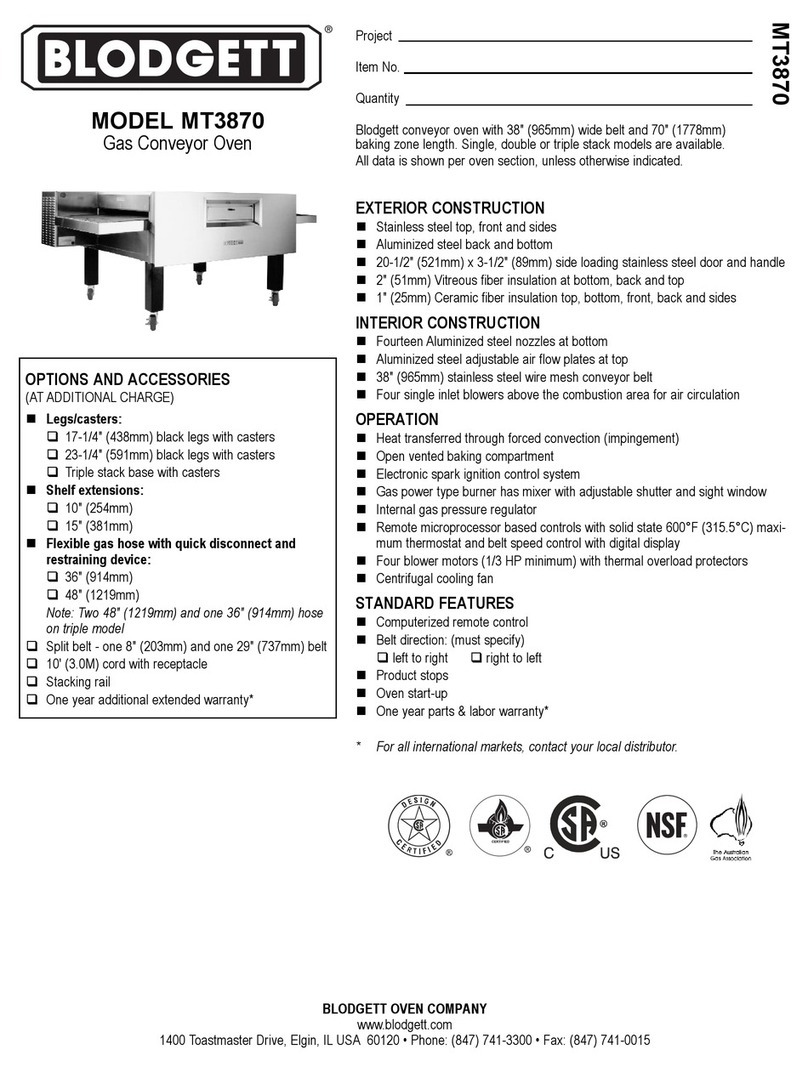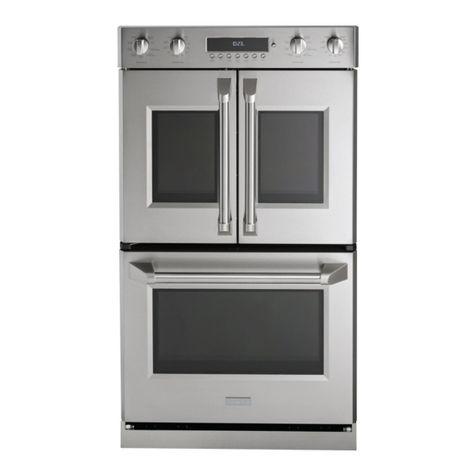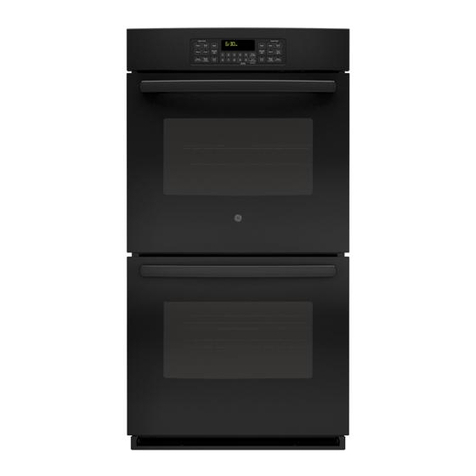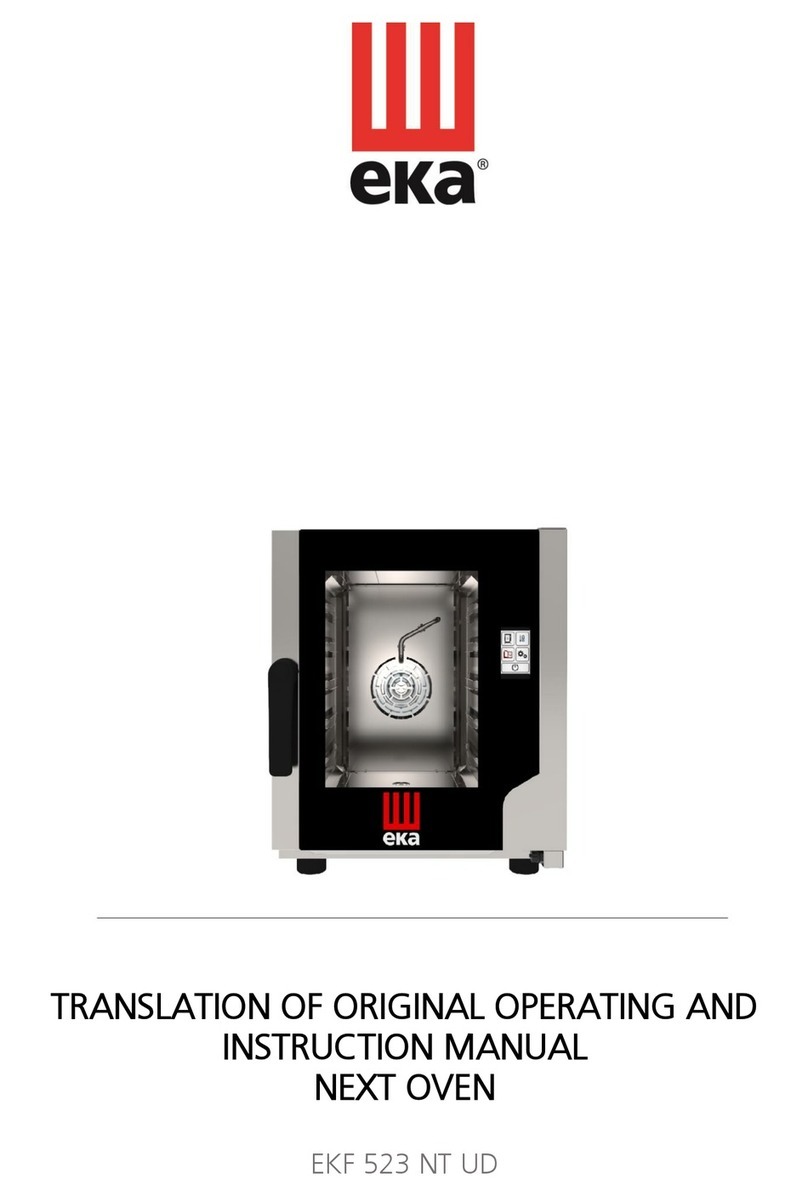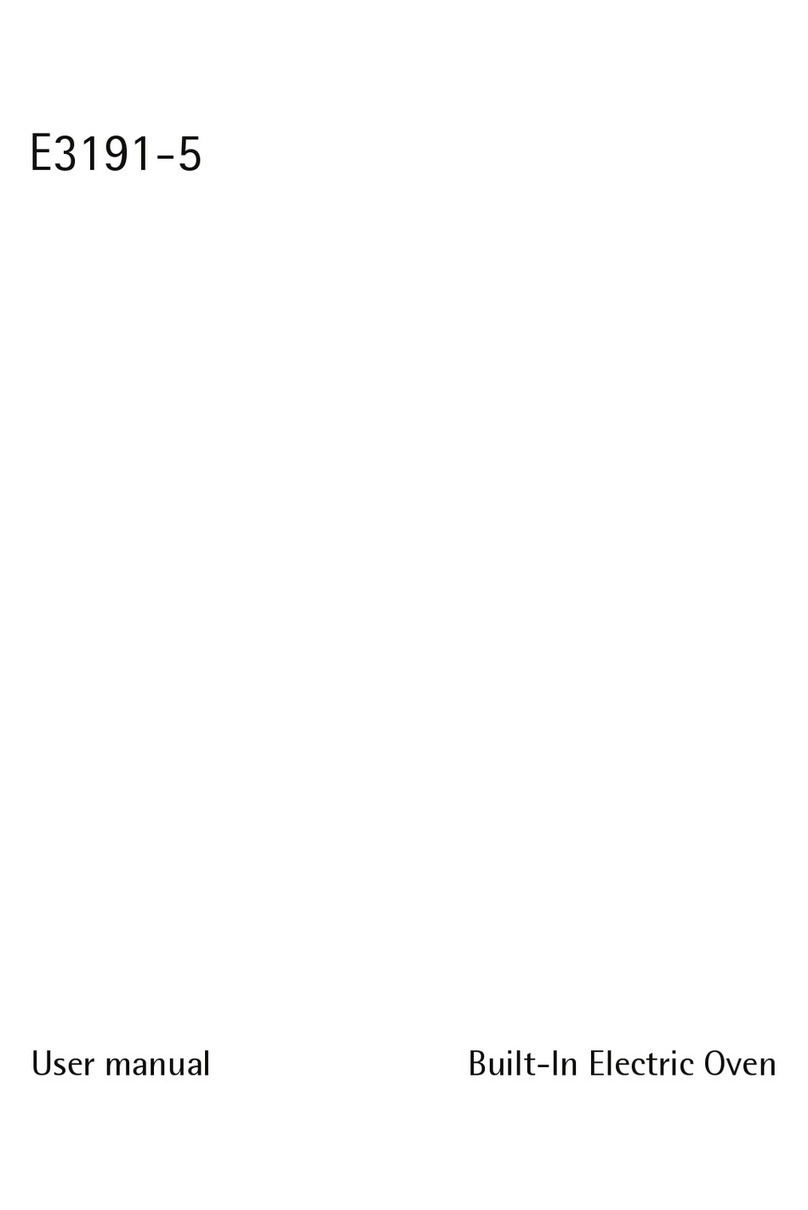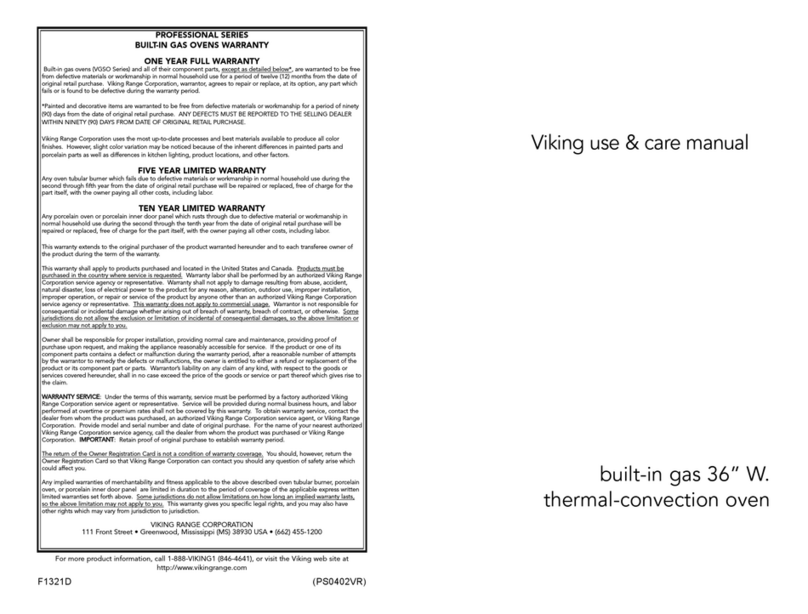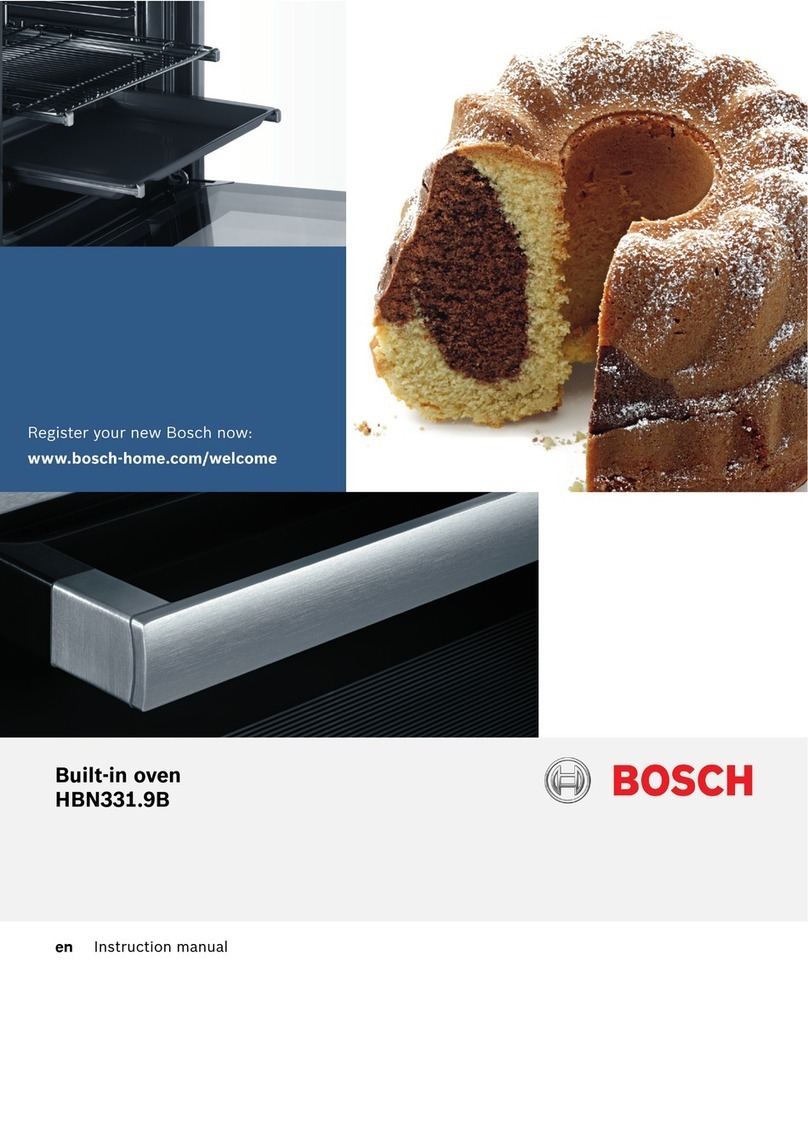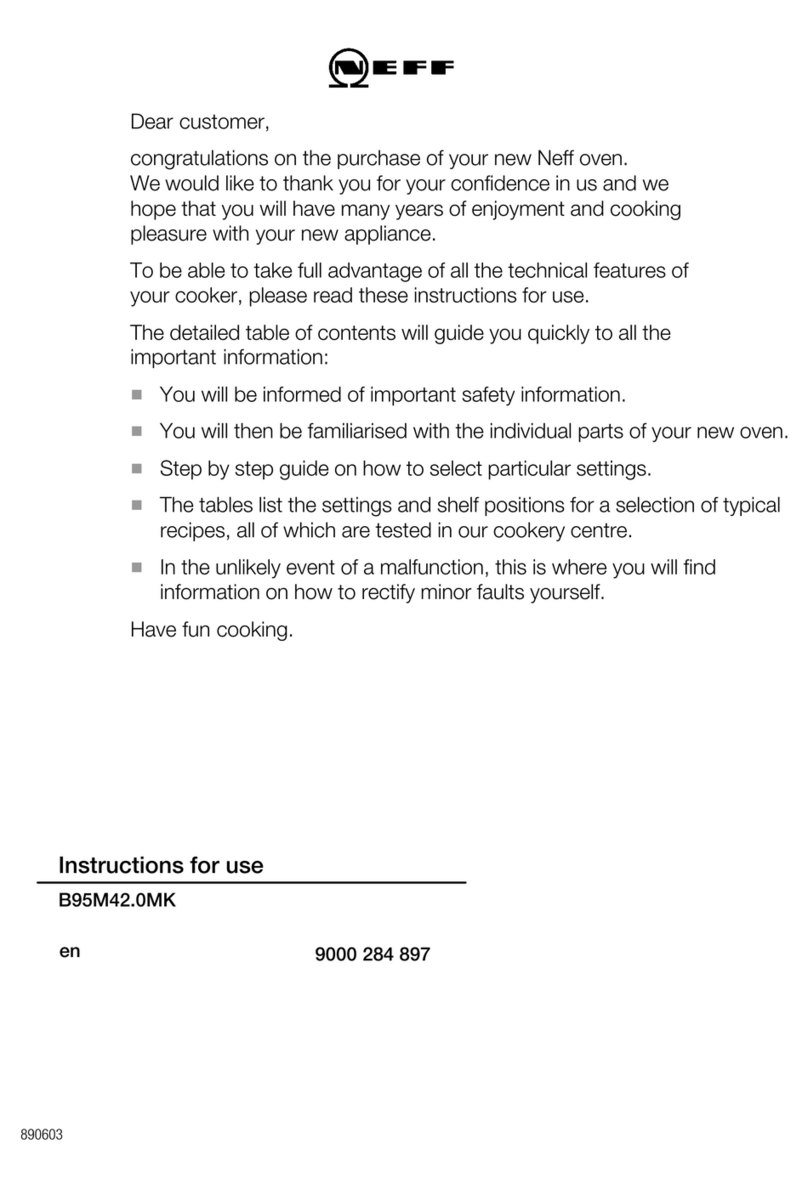
2
READ THE FOLLOWING INFORMATION CAREFULLY FOR A CORRECT INSTALLATION
AND OPTIMAL OPERATION OF THE OVEN
-The data plate with the serial number, the model number and the mark is
visibly applied to the oven. The data plate must never be removed.
-Before use, remove all plastic lm protecting the appliance, blowing hot air
to make it easier (hair-dryer).
-Check the appliance after unpacking. If any transport damage has occurred, do not use the
oven.
-This appliance is intended for professional use by qualied persons.
-Never allow children to get near the appliance when it is operating or to play with it.
-Even though ALFA stainless-steel ovens include insulating materials between steel layers, they
could overheat on the outside.
-During the switch-on phase, small mued noises may occur; this should not cause concern, as
this is only the material adapting to the change in temperature.
-Never use steel sponges or sharp scrapers which could damage the surfaces. Use common
non-abrasive products and, if need be, wood or plastic tools. Rinse thoroughly and dry with a
soft or microbre cloth.
-Never use plastic dishes or containers. The oven high temperatures could melt the plastic and
damage the appliance.
-Use tools and cutlery that are resistant to high temperatures.
-Place the oven on a level surface and make sure to keep it away from objects and materials that
might be damaged by heat or sparks.
-Due to the high temperatures, the colours of the exterior surfaces might vary in time.
-Do not paint the oven or put objects on it.
-The installation of the oven must allow for easy access for cleaning.
-Lock the oven casters to make sure your oven stays in place before using it.
-Do not move the oven during use or when it is hot.
-Never store ammable objects into the oven.
-Never insert sharp metal objects (cutlery or tools) into the ventilation slots.
-Never obstruct the ventilation openings or heat dissipation slots.
-Never place sealed containers or boxes into the oven. They can build pressure during cooking
and can end up exploding.
-Never put ammable materials on the upper third under the oven chamber.
-Hold the handle when opening and closing the door.
-Do not touch the exterior surfaces and the ue when the oven is running.
-Do not use ammable liquids near the oven.
GENERAL WARNINGS
WARNING: Improper connection, as well as any alterations or improper
maintenance, may cause material damage to things or people and even
death in extreme cases.
Please read the instructions carefully before installing and using the appliance.

